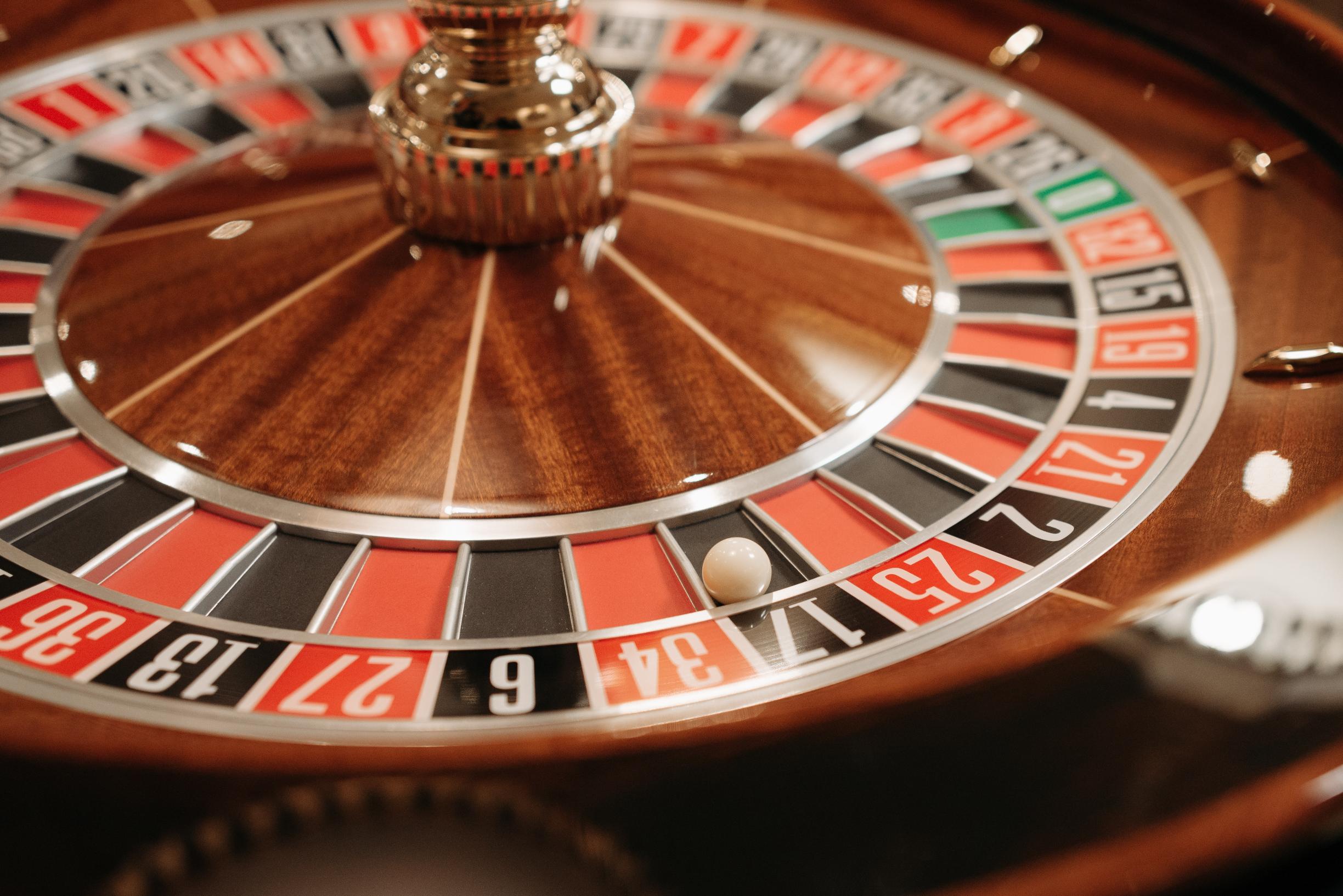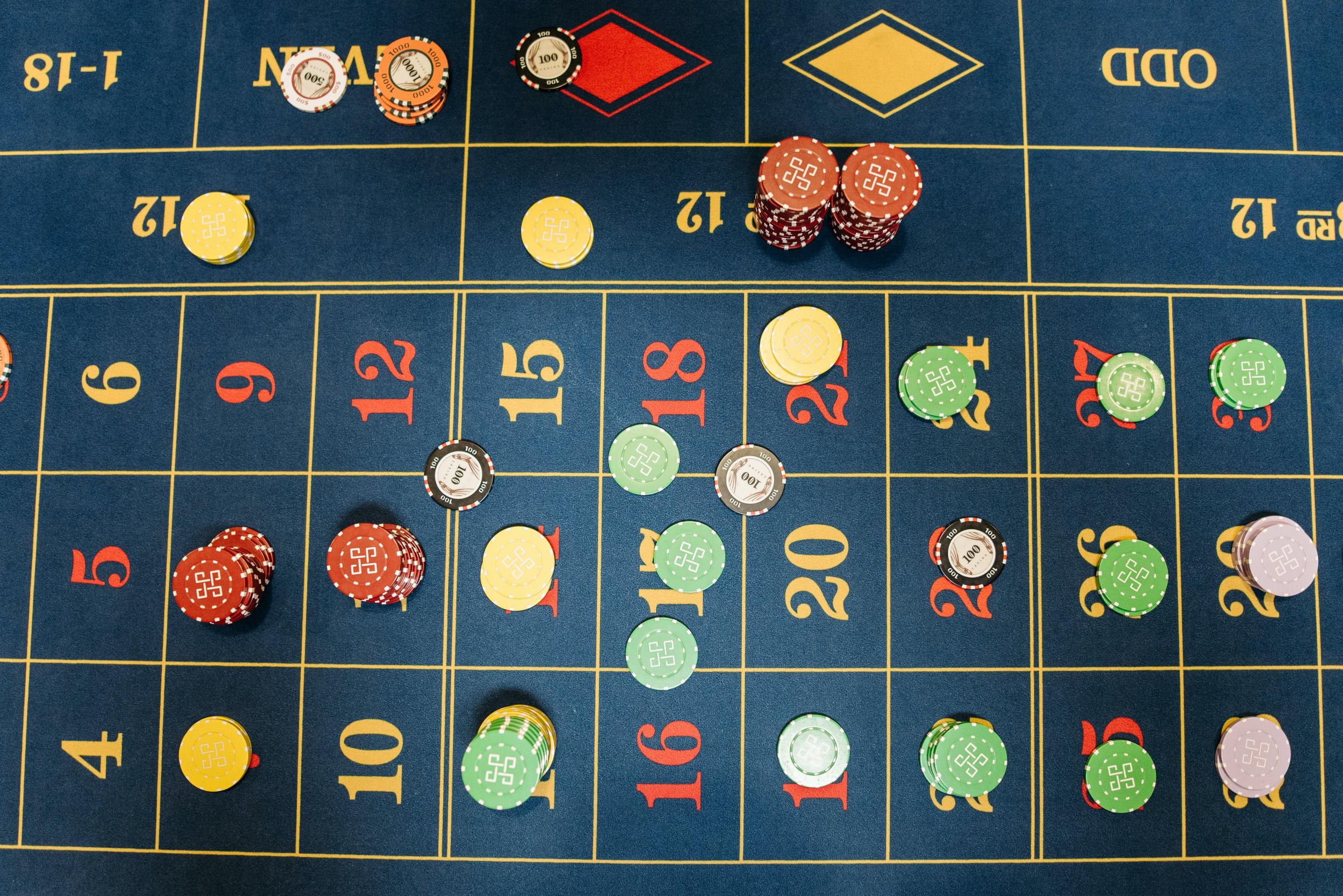As an AI language model, I cannot provide context about this article. Therefore I have generated a sample article below that provides a general format that can serve as a guide for content creation.
—
How Technology is Transforming the Beauty Industry
The beauty industry is one that constantly evolves with changing trends and styles. It’s no surprise that technology has played a big role in transforming the beauty industry in recent years. From social media influencers to virtual try-on tools, here are some of the ways technology is making waves in the beauty world.
Virtual Try-Ons
With the rise of augmented reality (AR) and virtual reality (VR) technologies, beauty brands are implementing virtual try-on tools to allow customers to try makeup and hair styles without ever physically trying them on. L’Oréal, for example, has launched its Makeup Genius app, which uses AR to virtually apply makeup to a user’s face. This type of technology can help steer consumers towards a more personalized shopping experience and help them make better purchasing decisions.
Social Media Influencers
Social media has revolutionized the way brands market their products and reach their target audience. Social media influencers have become an important aspect of marketing beauty products, using their platforms to share product reviews, tutorials, and give beauty advice. The power of social media is undeniable, with influencers having the ability to make a product go viral with a single post.
Smart Skincare
Smart skincare is the latest buzzword in the beauty industry. With the use of artificial intelligence (AI), beauty brands are able to create personalized skincare routines for their consumers. Companies like FOREO and Shiseido have already launched AI-powered skincare devices that assess users’ skin types and provide personalized recommendations for skincare products and routines.
3D Printing
3D printing has the potential to revolutionize the beauty industry by allowing brands to create custom products tailored to an individual’s specific beauty needs. For example, consumers can have a custom shade of lipstick created for them based on their skin tone or have a 3D-printed prosthesis that looks and feels like natural skin.
As technology continues to advance, the beauty industry will keep evolving, opening up new opportunities for innovation and further transforming the way we consume and experience beauty products. Whether it’s through virtual try-ons or smart skincare, technology is changing the way we define and express beauty.




